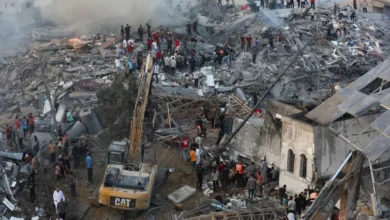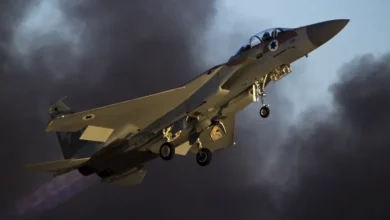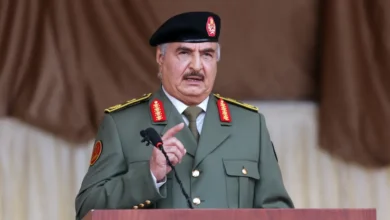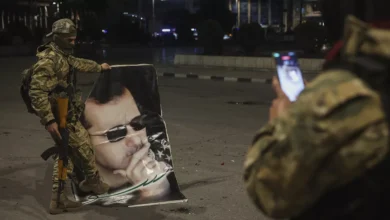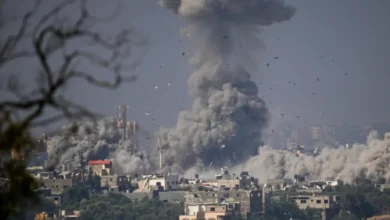After the Iraq War, Saddam’s legendary palaces are open to all

Mohammed Hakim climbs the marble staircase, looks at the Euphrates River flowing by a veritable oasis of palm trees that stretches as far as the eye can see and snaps a selfie.
“He sure knows how to pick a good spot,” he jokingly said, referring to former Iraqi ruler Saddam Hussein. The expansive building that he is standing in is one of the palaces that belonged to the deposed leader.
Recent trouble in the ‘Cradle of Civilisation’
Twenty years ago, before tanks belonging to a United States-led coalition rolled into the capital, Baghdad, and sent Saddam fleeing, stepping on this land was beyond anyone’s wildest imagination.
The notorious leader was toppled on March 20, 2003, when the coalition invaded the country. After he fell, there was a fleeting moment when Iraq dreamed big: The removal of Saddam could maybe bring long-waited peace and prosperity.
Instead, the invasion set off nearly two decades of violence and conflict that plunged the entire nation into chaos and stripped generations of Iraqis of the aspiration to live a normal life.
